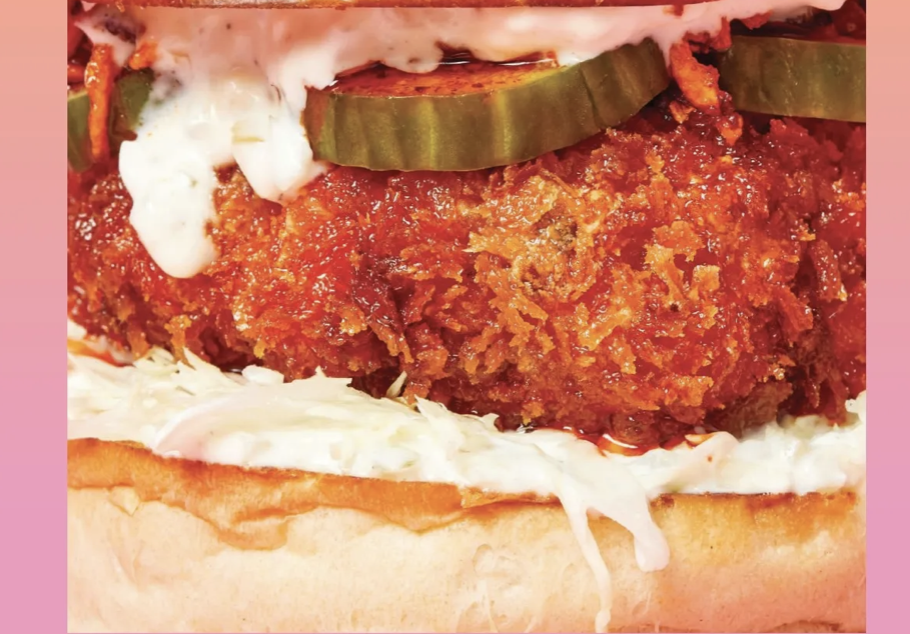Sucheta contributes to AFAR, Travel+Leisure, TIME Magazine, Atlanta Magazine, AAA, Conde Nast Traveler, CNN, Southern Living, Fodor’s Travel, Marriott Bonvoy Traveler, HuffPost, Thrillist, Georgia Trend Magazine, Khabar, and others. Read her latest stories below…
To work with Sucheta for editorial coverage and press trips, contact Sucheta. You can also download the media kit.
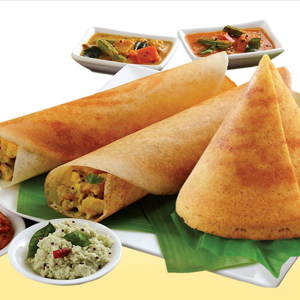
Khabar Magazine. April 2024 PRINT. Or Samosa Day? Chai Day? National Curry Week? A short primer on how we can be ambassadors of desi delicacies in the U.S. I am guilty of waiting in line for a free Krispy Kreme doughnut on National Doughnut Day. My personal favorite is the original glazed, always served hot. […]

Khabar Magazine. March 2024 PRINT. There is no shortage of places around metro Atlanta to get your fix of Indian street food—so why open another establishment, you may ask? Because this one brings the legacy of one of Delhi’s most famous sweet shops and restaurants to Atlanta. If you grew up there, be prepared for […]

Khabar Magazine. Feb 2024 print. A retired couple strives to bring Indian flavors to schools across the U.S. As an Indian kid growing up in the U.S., taking pungent curries and oily achar in your school lunch box may have been a head-turner in the past. Today, a growing diversity of student population, along with […]
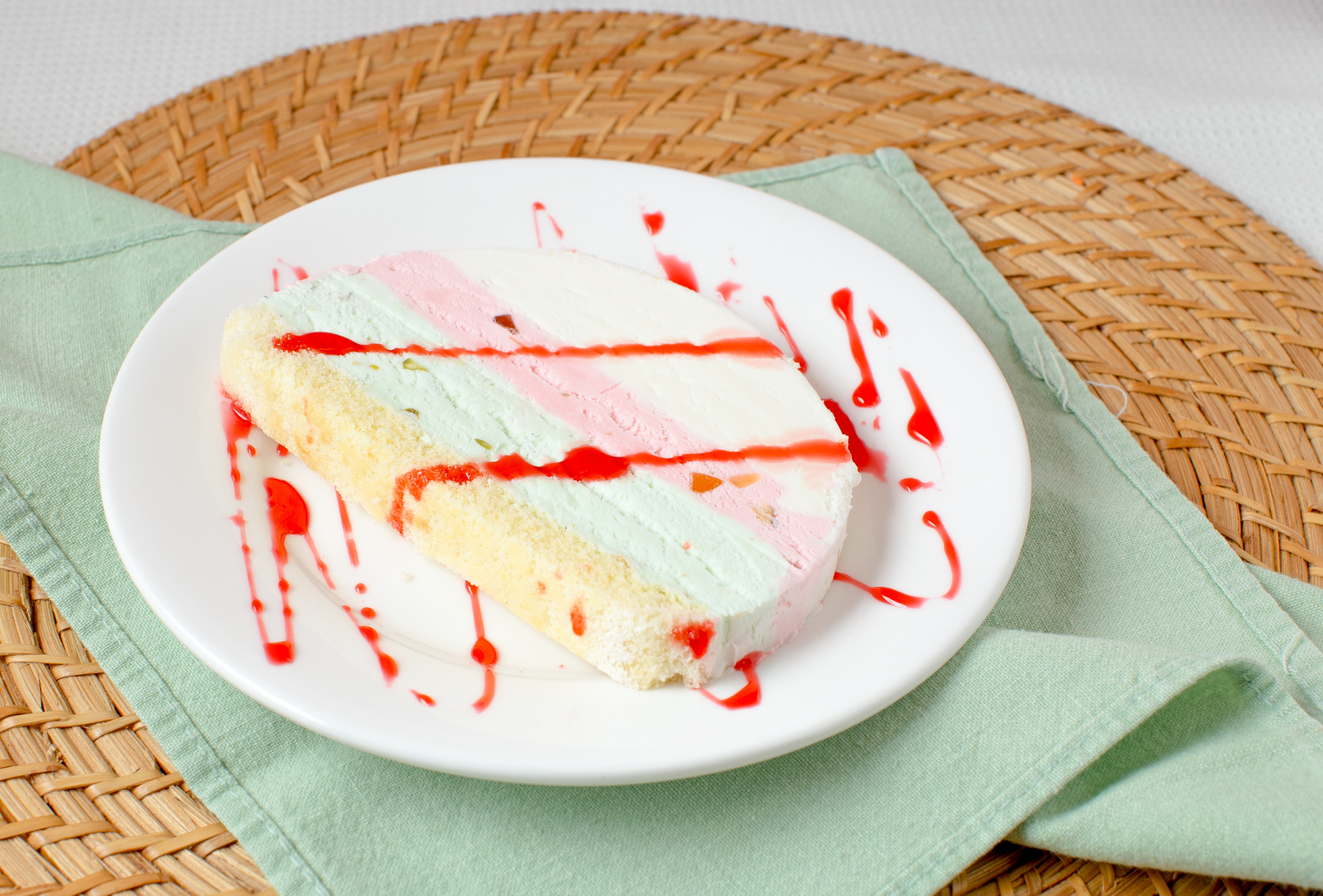
Khabar Magazine. September 2023 print. Relive your childhood with flavors like tutti-frutti, mitha paan, chickoo, lychee, sitaphal, cassata, and more at the two locations of Kwality Ice Cream in metro Atlanta. Growing up in the ’80s in India, there were not many ice cream stores around us. Brands like Vadilal and Baskin Robbins emerged much […]
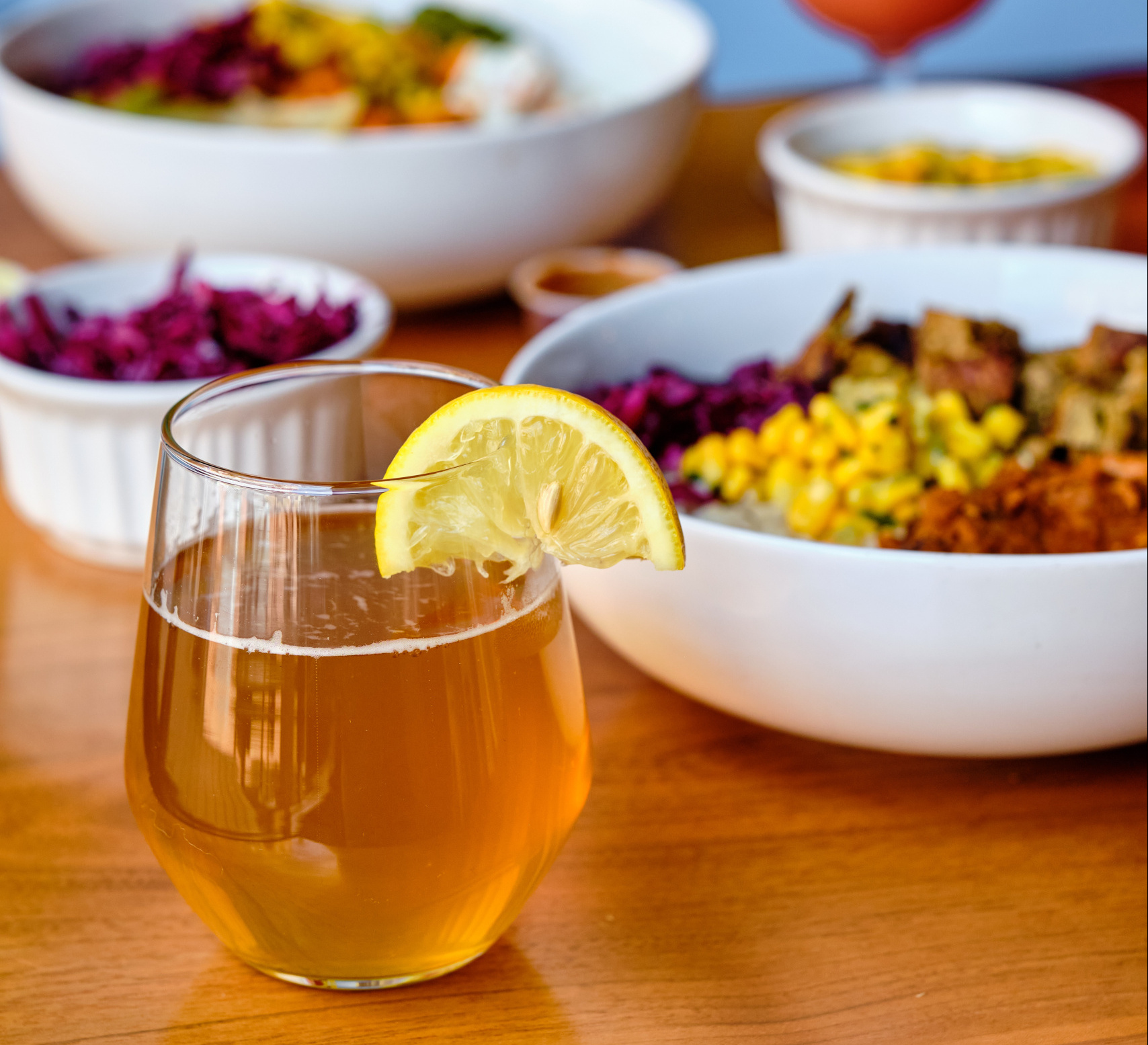
Khabar Magazine. July 2023 print. When one is in the mood for alcoholic drinks with Indian meals, the question comes up time and again: what pairs well with the bold flavors of Indian cuisine? Is there something that accentuates the spicy flavors rather than ending up a mishmash that ruins both experiences—drinking and eating? Beer […]

Khabar Magazine. April 2023 print. Walking into Kailash Parbat, I am reminded of those carefully decorated, modern Indian restaurants I grew up with in big cities like New Delhi and Mumbai. Dark velvet green booths, Arabic-style lanterns, and shiny gold mosaic floors contrasting against the playful, colorful wall murals are attention-grabbing. As my eyes wander, […]
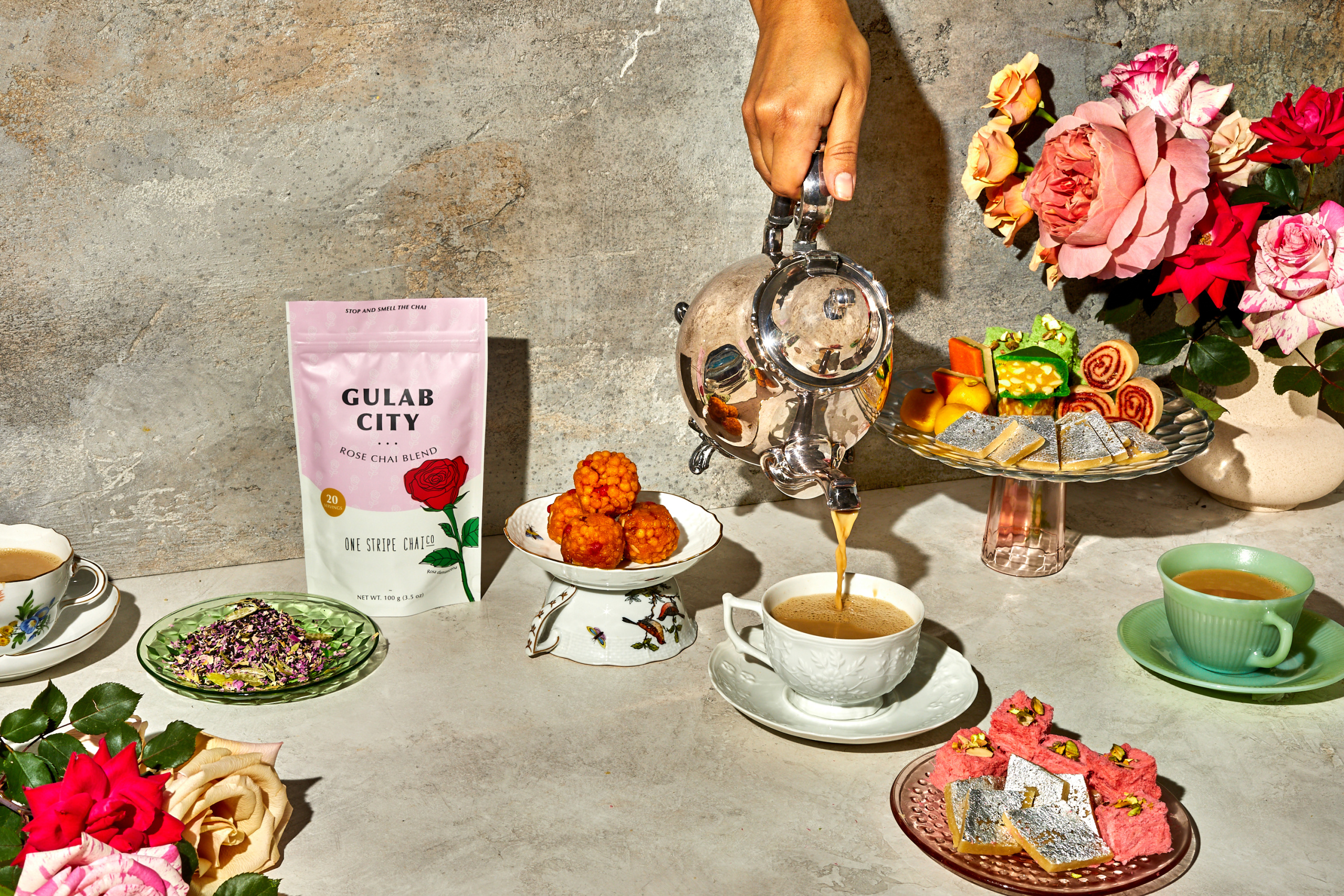
Khabar Magazine. December 2022 print. During the holiday season in India, I remember shopping at the local halwai shops for colorful boxes of freshly made sweets and gold foil-wrapped hampers filled with dried fruits. We would purchase dozens of these to give to colleagues, friends, and hosts. Over the years, these gift baskets became more […]
